ラジオ体操 (‘Radio Taiso’) — or radio calisthenic exercises — is an interesting and important part of Japanese history and society. When my Japanese mother started to jokingly tap her feet and swing her hands up and down to the bright, tinkly tune of Radio Taiso, I did not realise the historical and cultural significance behind her light-hearted dancing.
Source: NHK visual Radio Taiso
Radio Taiso’s History in Japan
You would be surprised to find out that Radio Taiso was not invented in Japan, but actually was brought to Japan from America. Metropolitan Life Insurance Co. invented radio calisthenics in the 1920’s to inspire Americans in major cities to start their day with some light, healthy exercise.
It was first introduced to Japan in 1928 to celebrate the coronation of Emperor Hirohito. Inspired by a similar exercise in the US, Radio Taiso was designed to keep Japanese soldiers as well as women and children at home fit and healthy.
Radio Taiso in the 1930s (Source: Japancentre) ‘Citizens’ Manual to Radio Taiso’ (Source: Moon)
After Japan’s defeat in 1945, Radio Taiso was temporarily banned by the occupying powers, deemed too militaristic in nature, and thought to bring back memories of the imperial era. However, the original exercises were tweaked and made slightly more playful and NHK (Japan’s public broadcasting network) reintroduced the tradition in 1951. For nearly 80 years running, Radio Taiso remains a popular morning activity.
Radio Taiso Exercise in Today’s Culture
Modern-day Radio Taiso airs without fail every morning at 6:30 on the NHK wave. A gentle but upbeat male voice begins the steady exercises, instructing listeners to jump forwards and backwards, roll their hips and stretch their joints to the beat of a cheerful piano tune. There is even a visual version available through NHK where a seated routine is demonstrated for those who cannot stand. Similar in concept to tai chi or yoga, these exercises are designed to get your blood flowing and your mind active and ready for the day.
(Source: 2bbolloms)
Many schools require children to participate in the early-morning exercise. It is used as the warm-up for big events, and also often used as a team-building activity in the workplace. It supposedly takes about 3 hours for the body to be fully functional in the morning, but with Radio Taiso, as blood circulation is increased to the brain and muscles, that time is cut down significantly.
Exercise to Start the Day off Right!
Working at a summer camp in Saitama, where Radio Taiso was mandatory for all lodgers, I was at first unwilling to jump around in the early hours of the morning. After a while, I grew to appreciate the stretches and star-jumps. All the Japanese children around me knew the routine by heart, and as the weeks went on, I came to understand its integral function in everyday life in Japan.
If you are not used to it, Radio Taiso may seem like a silly routine rooted in an outdated tradition and simply a reinforcement of the Japanese sense of conformity. But practically, it does wake you up and does make you feel productive for the rest of the day.
So set your alarm for 6:20 and I promise, after the initial dread of waking early to exercise, you will begin to start your mornings feeling fresh as a daisy.
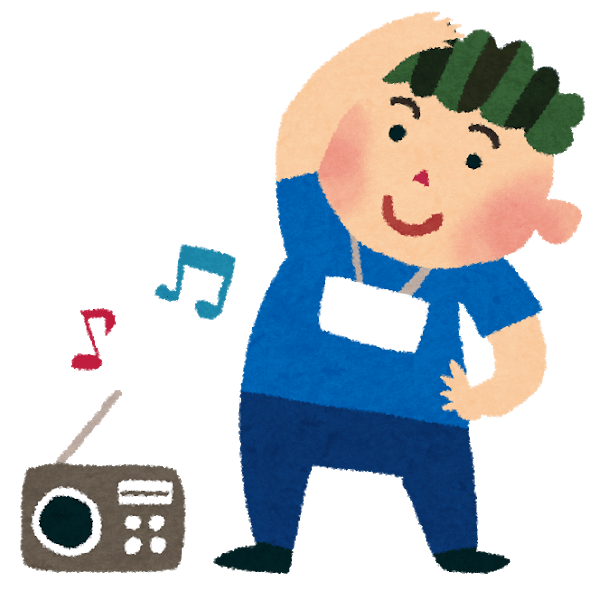


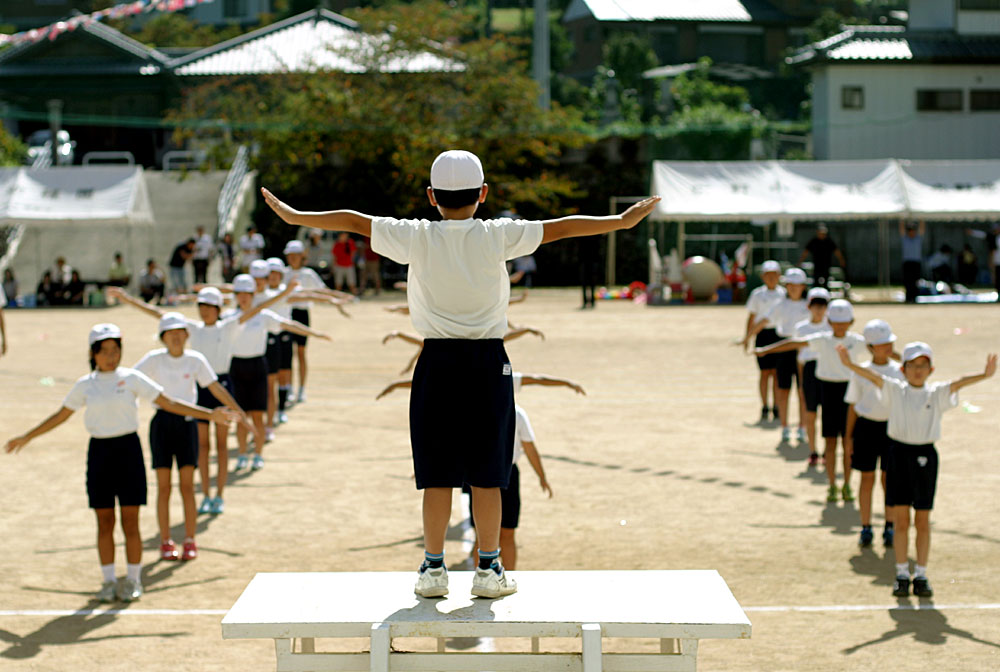

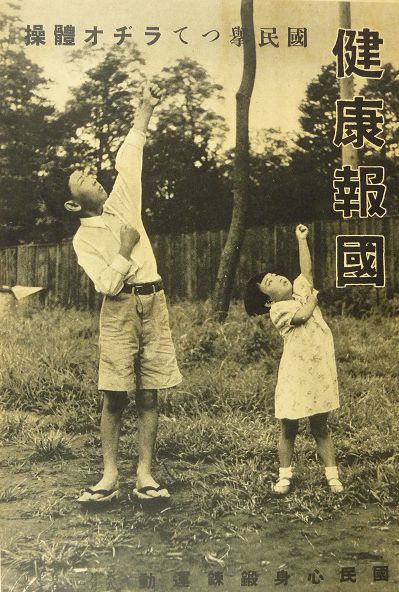
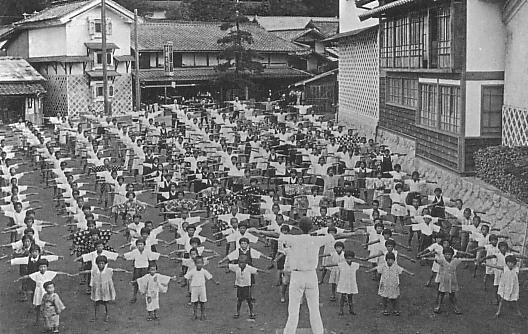
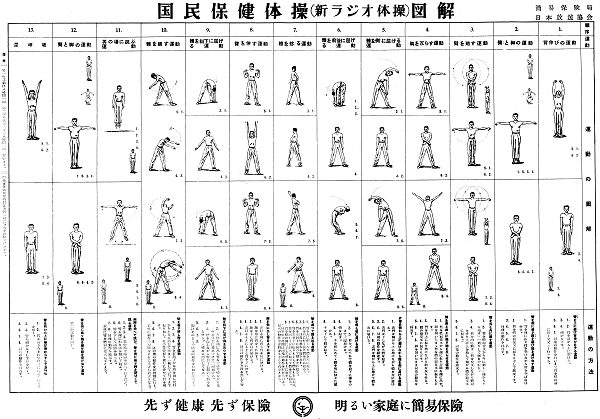









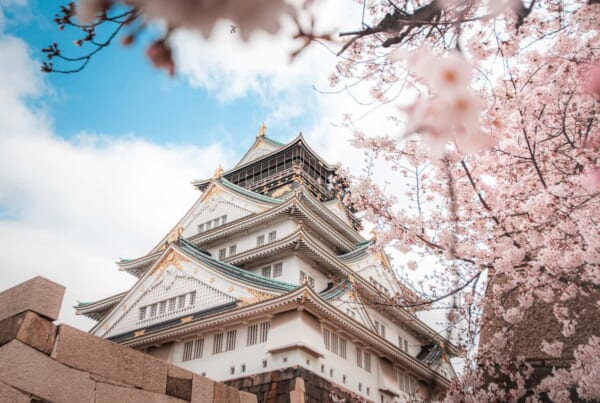
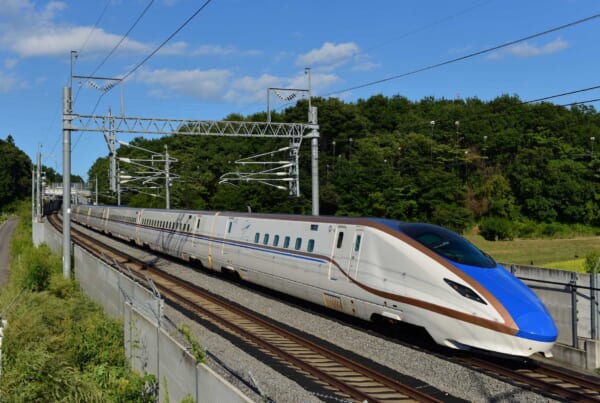

Ya. I am a retired interpreter of Japanese, English and Filipino languages and have been so for more than 30 years. I have taken the Japanese radio taiso (calisthenics) for granted as part of the Japanese work routine in the manufacturing industries. Well-known global Japanese corporations like Panasonic, Sony, Toyota and others where I have done interpretation work have all been doing this as part of their daily work routine. That’s what they basically start off with right after the usual company anthem (a song or a group recitation). Even the office sections do it, not only the production assrmbly lines! Even the top management, the President and his aides! Kinda funny at first but after awhile you get used to it. One thing i like about it is that as it invigorates you and wakes you up, you get to think that it’s being done during work hours and wow! You’re being paid to do it! It’s a paid exercise! Good enough, right? Since my retirement, I’ve been missing it lately and sobi checked my YouTube and luckily found it and now, it’s been a week since i started doing it right after my morning “call of nature” rituals. It got me wondering where the hell did this thing originated and to my surprise it’s an American thing! Haha. Funny. The japanese i know copied QC (Quality Control) from Demings, an American. But little i know that even the radio taiso came from US. Anyways, be that as it may, let’s all do it coz it’s beneficial to our health, body and mood. Thank you for this opportunity to share my thoughts and God bless you all. —- chaijiichan of YouTube.
Hi Cesar,
Thanks for your comment! It’s great to hear your story about radio taiso and how it’s become a part of your regular life today. Keep it up!